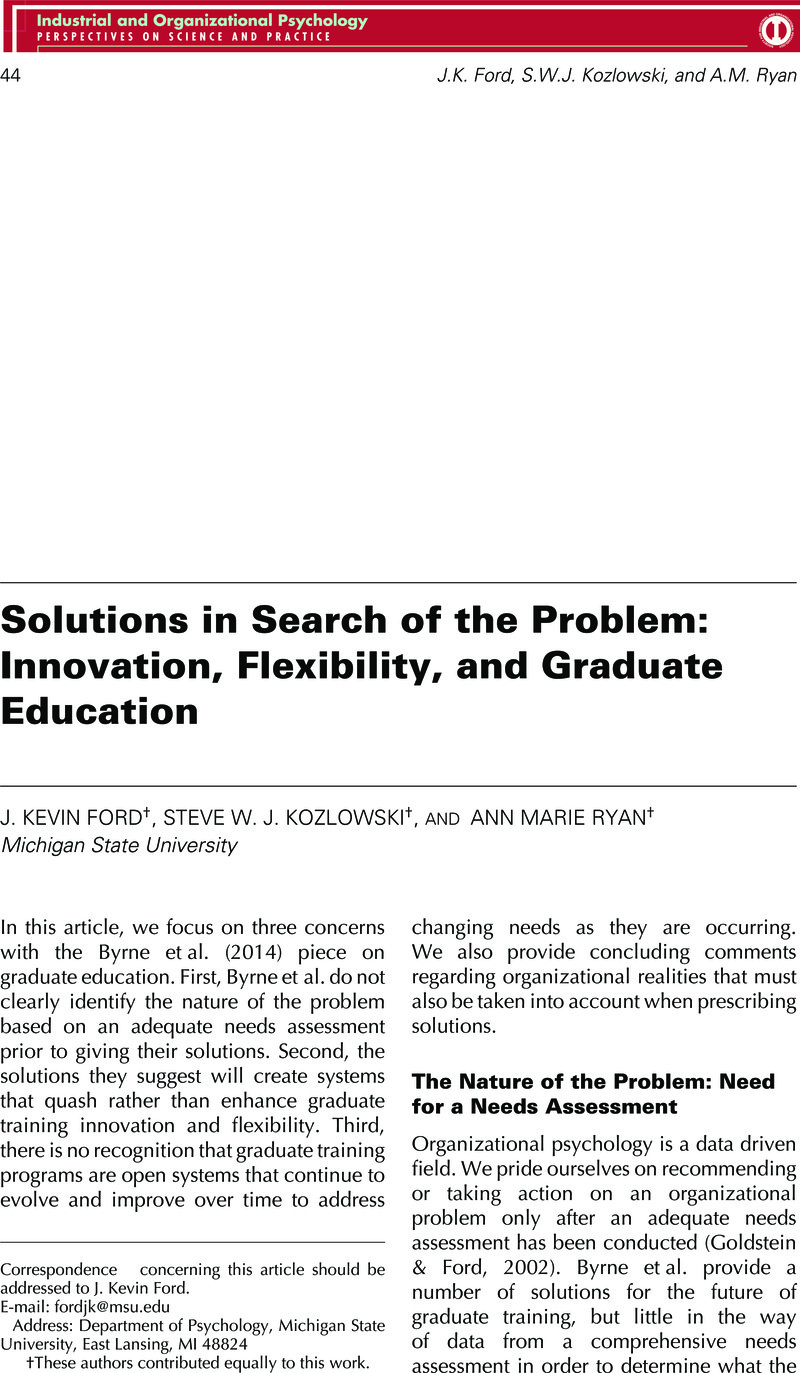Crossref Citations
This article has been cited by the following publications. This list is generated based on data provided by Crossref.
Campbell, John P.
2017.
Licensing of I-O Psychologists: Some Potentially Lethal Features.
Industrial and Organizational Psychology,
Vol. 10,
Issue. 2,
p.
190.



